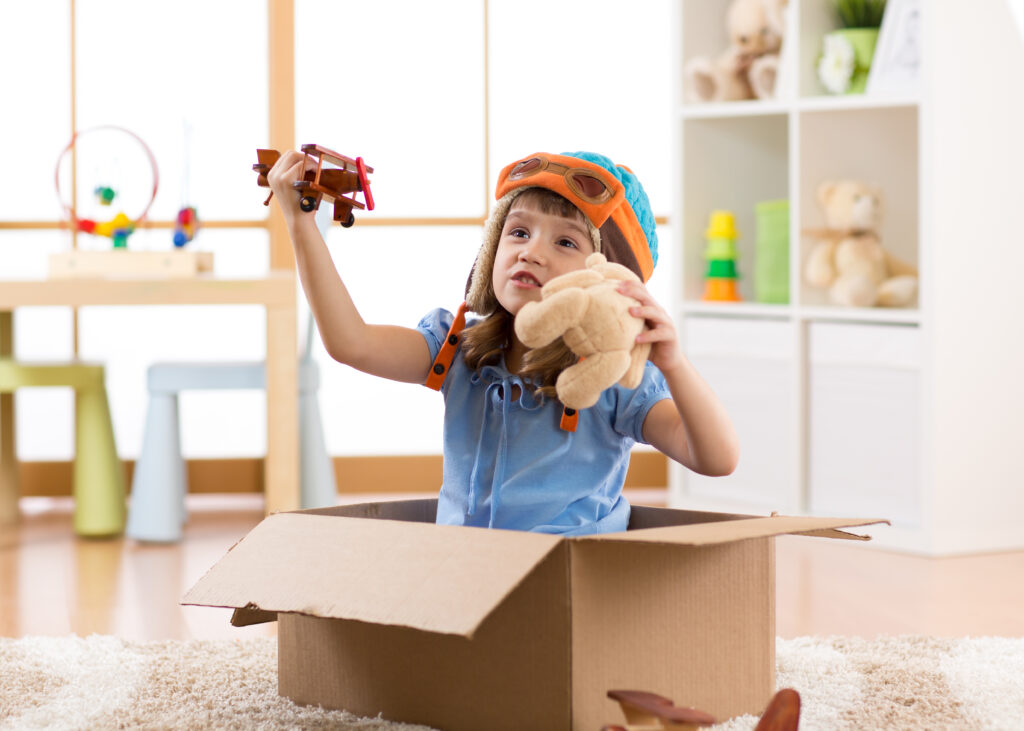LEGO is one of the most successful kids brands in the world. LEGO Group’s Regional President of Western Europe, Victor Saeijs recently sat down with us on #Kidtech to explore how LEGO built and sustained such an iconic toy brand – and how the brand keeps today’s young audiences excited about LEGO products in an increasingly digital world.
Read more for thoughts and examples from Victor on how LEGO has continued to innovate through the digital evolution – and how your brand can learn from their experiences.

Balancing brand innovation with a continued focus on young audiences
During periods of lockdown in 2020 and 2021, adults and families renewed their interest in crafting and building. LEGO adapted to these older audiences by innovating around more complex LEGO sets (like the LEGO Flower Bouquet, part of their sell-out success Botanical Collection). LEGO has wide appeal – and builders come in all ages – but children, and learning through play, remains the primary focus for LEGO.
“We do want to make sure that we always stay focused on children because that’s at the core of the LEGO Group. What we do with the adults needs to help us to reach more children. That’s the whole idea – and that’s also why we will continue to put a lot of innovation behind children themes.”
Combining IRL play with kids gaming trends
Innovation in LEGO’s children-focused themes comes from a deep understanding of the behaviours demonstrated by their huge audiences of kids. LEGO Dots, with its focus on creative potential and self-expression comes directly from the growing passion for arts and crafts in younger audiences, while both the LEGO Super Mario and LEGO Minecraft sets tap directly into kids gaming trends.
“The partnerships with Nintendo around LEGO Super Mario is a great example because the play experience is not a digital game, it’s not a video game and it’s also not a traditional LEGO building if you look at it, even though it’s brick-based. It’s an interactive LEGO Super Mario figure, which collects coins in real life game levels, which are created with LEGO bricks. It’s not easy to find that sweet spot where the Super Mario and the LEGO brick play comes together, and the team has nailed it really well.”
Extending the physical play experience with a digital layer
It’s well documented that kids are spending more and more time online – playing video games, engaging with apps, and watching content from streaming sites – Saeijs notes that 51% of five to seven year olds prefer gaming to watching TV. This makes it essential for any toy brand to test and learn on those new platforms, and explore how play can be extended and enhanced with digital experiences.
Victor ties LEGO’s success to a combination of creative imagination and willingness to experiment with ways to reach their audiences. LEGO is present in the lives of its customers in a myriad of ways, from LEGO.com to LEGOLAND to LEGO LIFE, as well as having over 10 billion video views on YouTube.
“What we do, whether it’s a physical, digital or hybrid experience, eventually it has to be rooted in the LEGO brick and the LEGO system in play. That’s our core. And what we do digitally is enhance that experience. We’re constantly exploring… how we can create new types of play experiences and enhance digitally.”
Enabling kids to connect and share in safe digital environments
LEGO starts with making sure they create relevant products that appeal to a wide range of interests – but digital connection enables kids to share what they are creating, and become inspired by the creations of others. Victor points to LEGO Life, LEGO’s safe, creative social app designed for kids and keen LEGO builders, as an example of a digital companion that enhances the IRL experience of play.
“With LEGO Life, children can share their builds in a safe environment with other children and get tips and tricks. It resonates very well with that kind of audience. And that’s again that digital layer over what we’re doing which we believe is important, and will only become more important.”
Want to learn more about how LEGO is adapting to an increasingly digital world?
Listen to the full episode here to learn more about how the toy industry is changing – and don’t miss Saeijs’ predictions for 2022.
“I’m looking in a crystal ball and I’ll share two things about next year: one is around sustainability and diversity and inclusion, and how we bring that alive in everything we do in the LEGO Group as well.”
